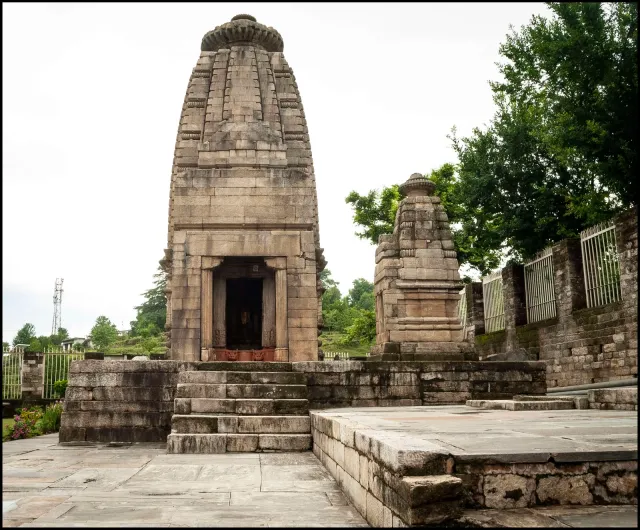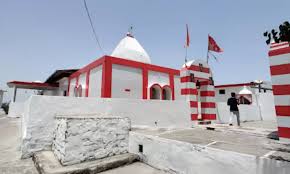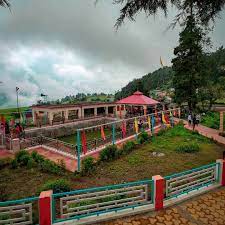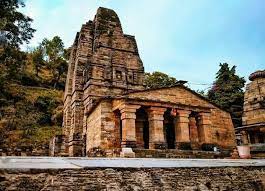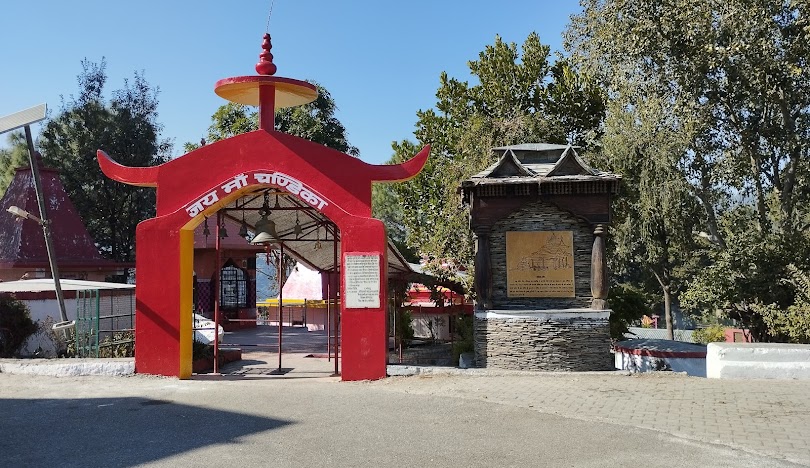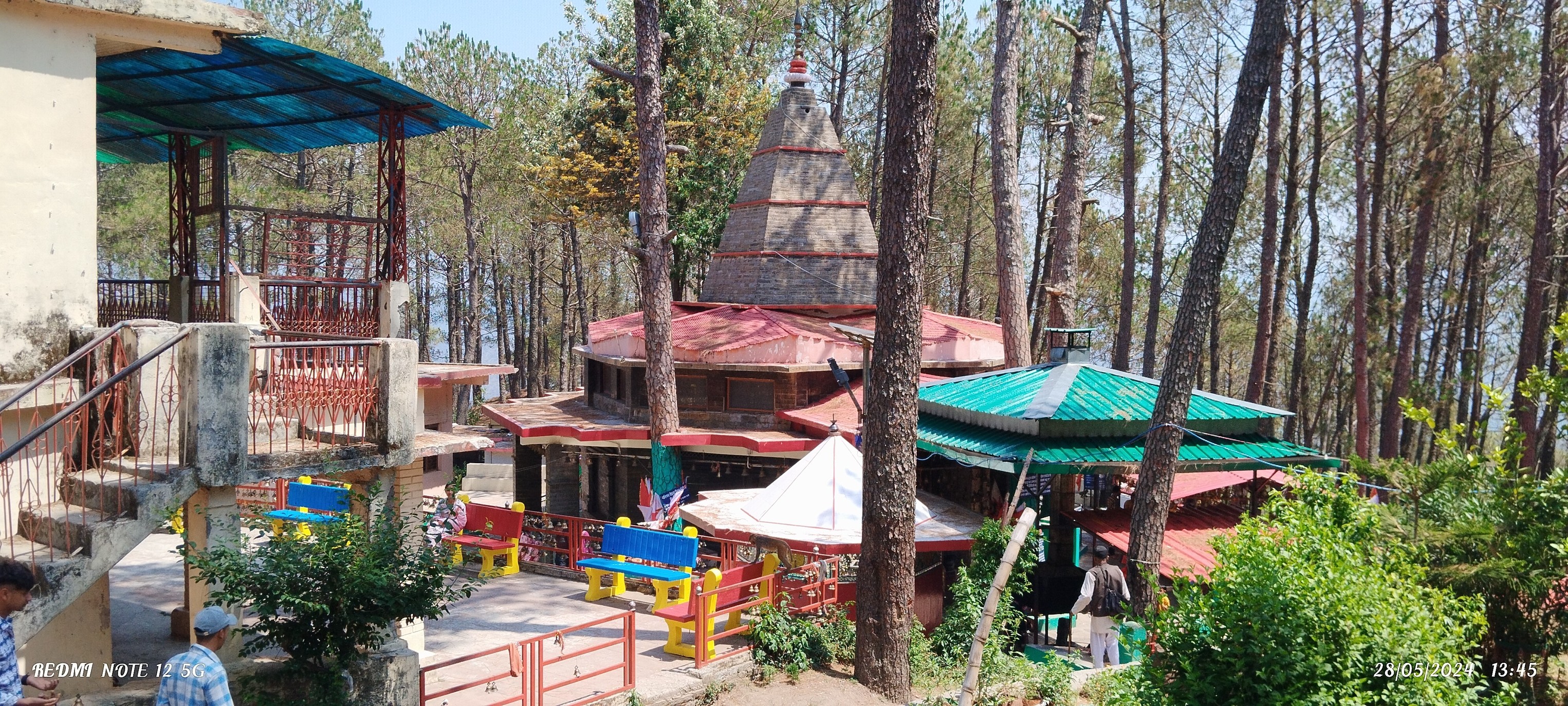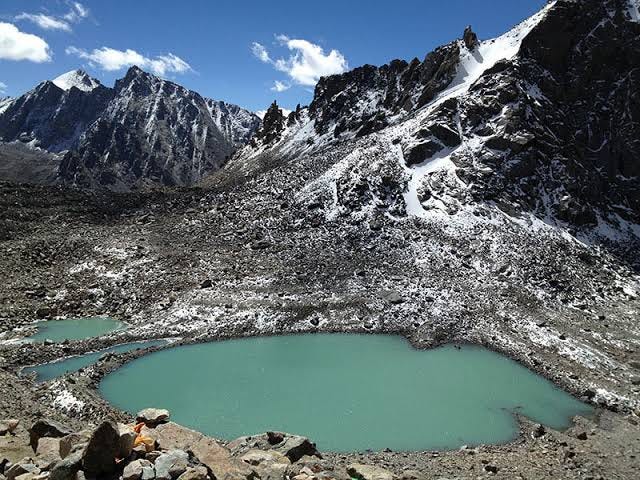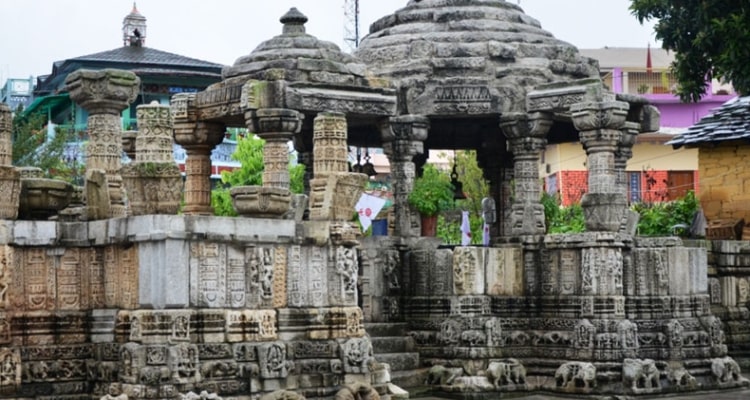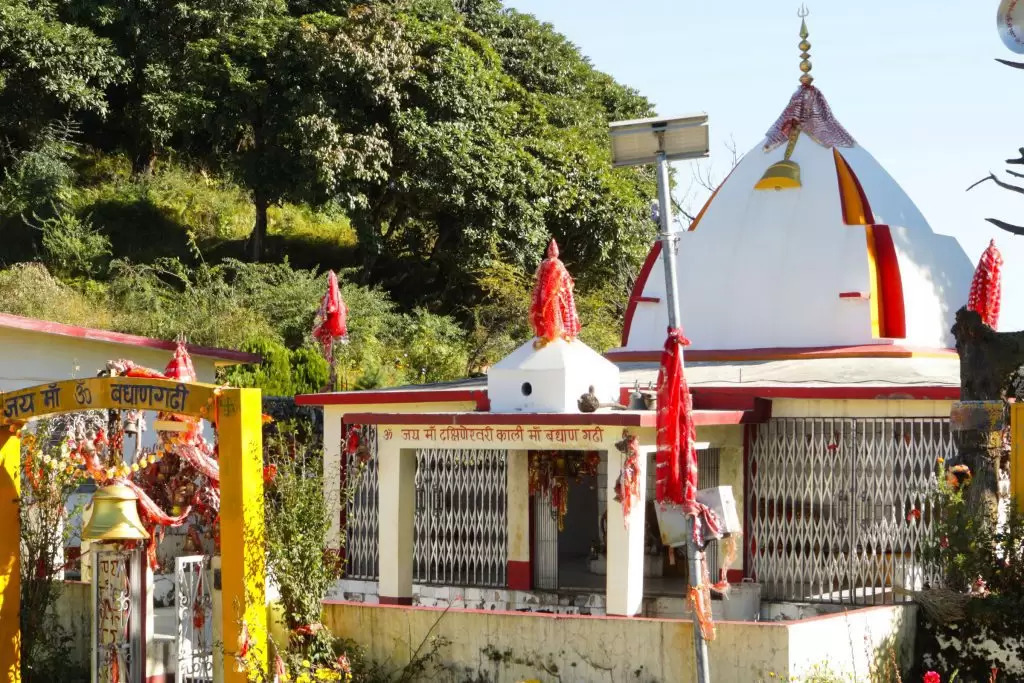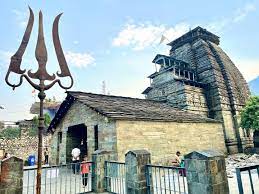First Steps into Dwarahat
Dwarahat (द्वाराहट) is one of those cities that doesn’t rush to satisfy you. It lets you arrive. The street twists down thru pine and oak, the sort in which you scent resin earlier than you even see the bushes. Villages slip by, humans wearing bundles of लकड़ी (firewood), women bent over fields.
Then you attain the bazaar. Small stores, tin roofs, piles of apples, schoolchildren in sweaters. A circulation referred to as Khiru Ganga (खीरू गंगा) murmurs somewhere, nearby. And just past the marketplace, tucked among fields and houses, stands the Badrinath Temple.
At first glance, it looks ordinary. A stone structure, weathered doors, modest shikhar (shikhara). No long queues, no loudspeakers, no chaos. But step closer and you feel it the weight of centuries in the stones, the patience of faith.
What the Old Stones Whisper
People here say the temple was built during the Katyuri (कट्यूरी) kings, nearly a thousand years ago. Some carved inscriptions still cling to its walls—letters faint but alive. They speak of “Samvat 1105 (संवत ११०५)”. That’s older than most stories we carry today.
Villagers also tell you, with a quiet certainty, that the Pandavas (पांडव) walked through these hills on their way north. They stopped here, prayed here. You don’t question it. You just nod. In places like this, history and folklore are threads of the same cloth.
The architecture is Himalayan. Stone blocks fitted tightly, a shikhara rising modestly. Wood beams, some replaced over the years, others still original, darkened with smoke. Carvings of flowers, deities, patterns so delicate you wonder how long it took.
Inside the Temple
The doorway is small. You bend a touch to go in. Inside it’s dim, cool, the air thick with incense. The garbhagriha (गर्भगृह) is straightforward. A murti of Vishnu, worshipped right here as Badrinath, sits clothed in fresh flora, smeared with चंदन (chandan).
A brass दीप (lamp) burns regularly. Its smoke clings to the ceiling, blackening the stone. The priest chants slowly “ॐ नमो नारायणाय” his voice rough but constant.
You stand there, no longer saying a good deal. You pay attention to your breath echo. You sense the ground cool under your feet. Outside, bells ring in uneven rhythm. It feels like the temple is alive, not in grandeur but in heartbeat.
How the Day Moves Here
Morning starts early. The first पूजा (puja), conch shell blown, bells shaking the valley awake. Women arrive carrying flowers from their gardens, and men offer bowls of जल (water) from the stream. Children fold their hands quickly before running off to school.
By noon, the temple sits almost empty. The solar warms the courtyard, and you hear the sound of nearby हल (plough) scraping soil. Farmers return to fields, life actions on. The temple breathes quietly, ready.
Evening changes the whole thing. At संध्या आरती (Sandhya Aarti), villagers collect once more. The oil lamps multiply, chants upward thrust, the shikhara glows golden towards a fading sky. Children sit down pass-legged, old guys hum bhajans, girls bypass plates of प्रसाद (prasad) खीर (kheer), पूड़ी (puri), or on occasion simply easy गुड़ (jaggery).
Festivals and Gatherings
On जन्माष्टमी (Janmashtami) or नवरात्रि (Navratri), the temple fills past its size. People spill into the courtyard, plant life beautifies every nook, and the bells don’t stop. Folk singers from nearby villages come and sing all night, their voices wearing through the valleys.
During harvest time, the first grains of धान (paddy) or गेहूँ (wheat) are supplied right here. For villagers, worship and farming aren't separate they're one act. To thank देवता (deity) is to thank the land.
Practical Bits for a Traveler
- Best months (सर्वश्रेष्ठ समय): March to May and September to November. Winters are lovely but biting cold.
- How to attain (कैसे पहुँचे): Dwarahat is 37 km from Ranikhet, linked by road to Almora and Kausani. Buses and shared jeeps run daily.
- Nearest station (रेलवे स्टेशन): Kathgodam, about 108 km.
- Nearest airport (हवाई अड्डा): Pantnagar, about 145 km away.
- What to hold (क्या साथ लें): Warm garments, cushty footwear, simple services like फूल (plants), coconut, or fruit.
Why This Temple Matters
Because it doesn’t try to provoke, it doesn’t need to.
I bear in mind leaning towards the courtyard wall one night. The sun changed into sinking, the shikhara sparkling. An infant ran beyond with a plate of प्रसाद, guffawing. The priest became nonetheless chanting inside. The bells kept ringing, sluggish and uneven. And I thought that is what भक्ति (bhakti) feels like. Not grand speeches, no longer large crowds. Just humans and their god, face to face.
Here you feel devotion woven into routine. Into farming, into rivers, into night lamps.
Walking Away
As I left, the road back curved past terraced fields. Smoke from kitchen fires rose into the twilight. The bells still faintly echoed in the valley. I carried the smell of incense, the sound of “जय बद्री विशाल (Jai Badri Vishal)” still in my ears.
The Badrinath Temple of Dwarahat is not about spectacle. It is about stillness. About roots. About remembering that faith can sit quietly, and still be stronger than stone.

